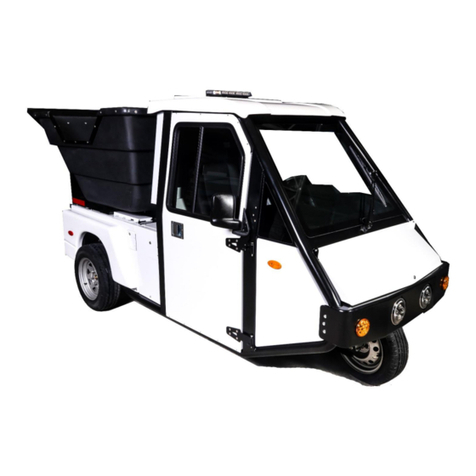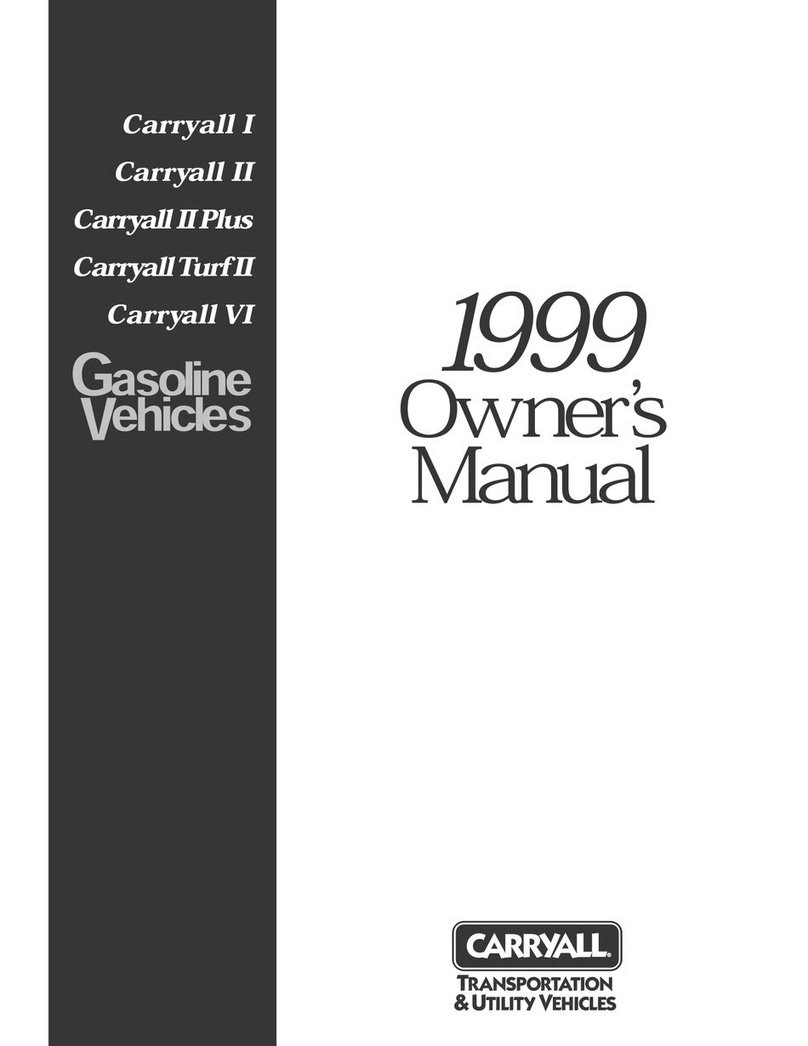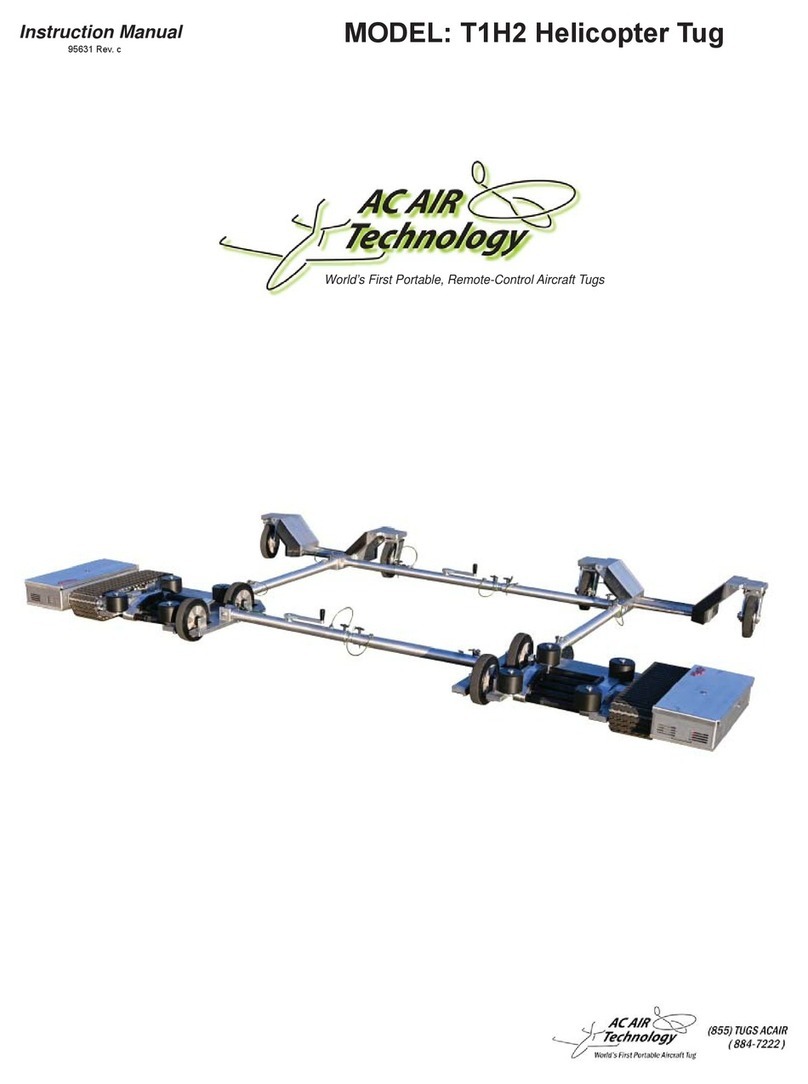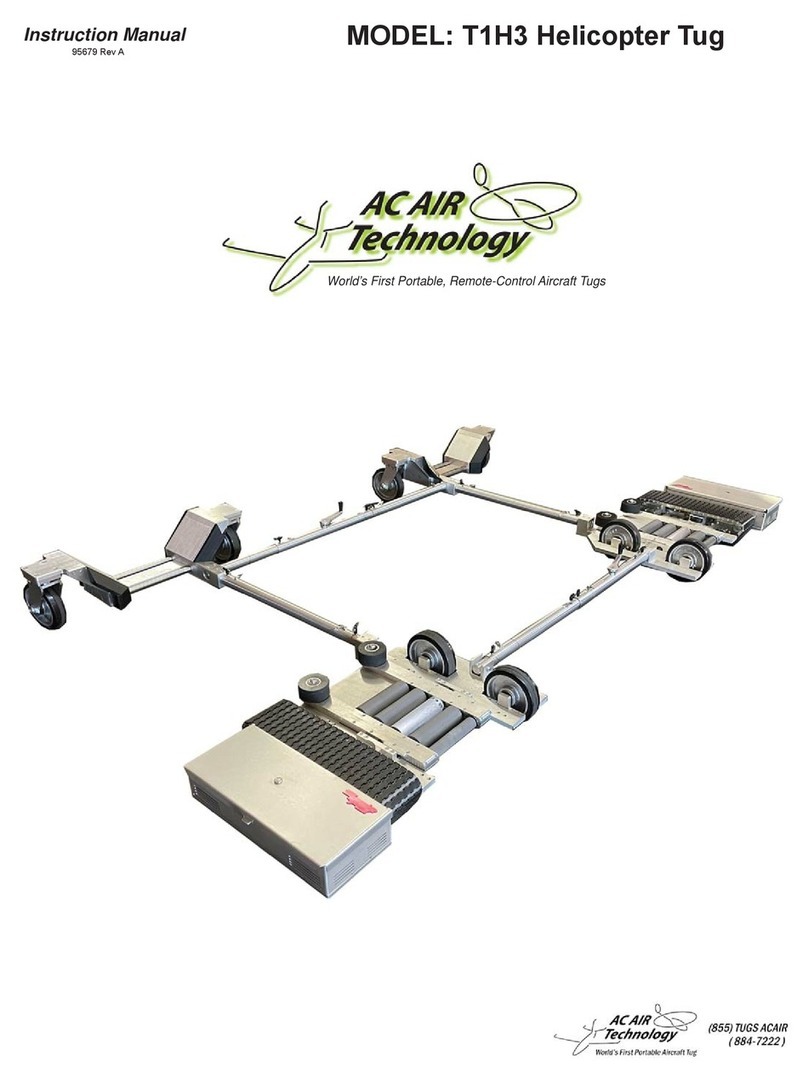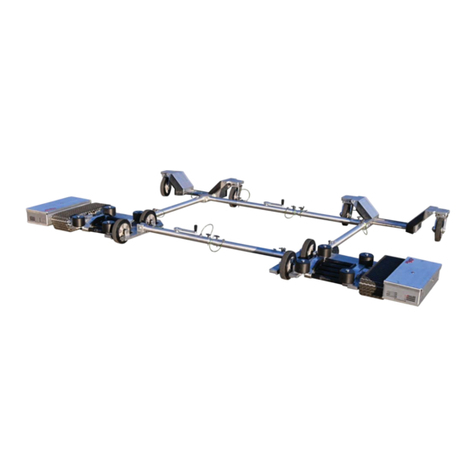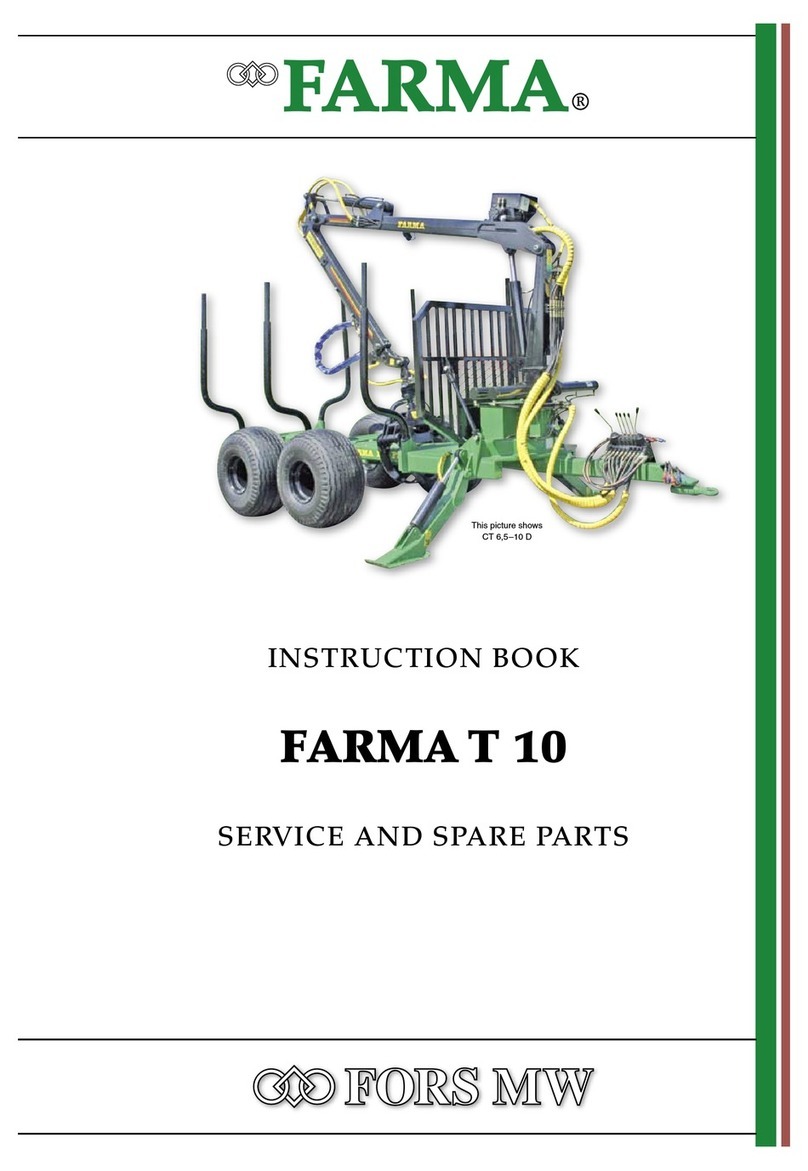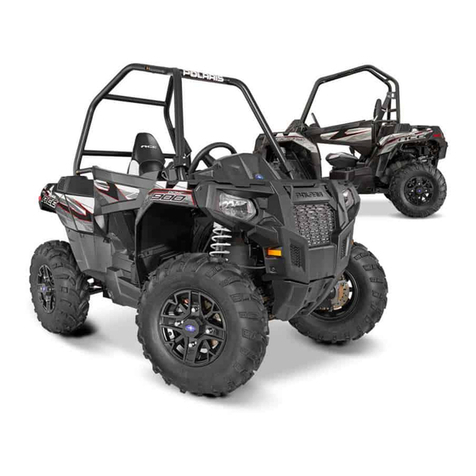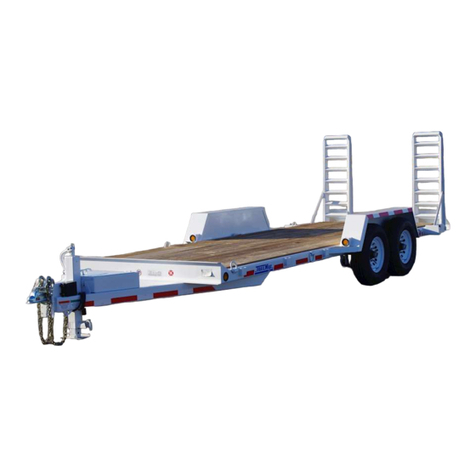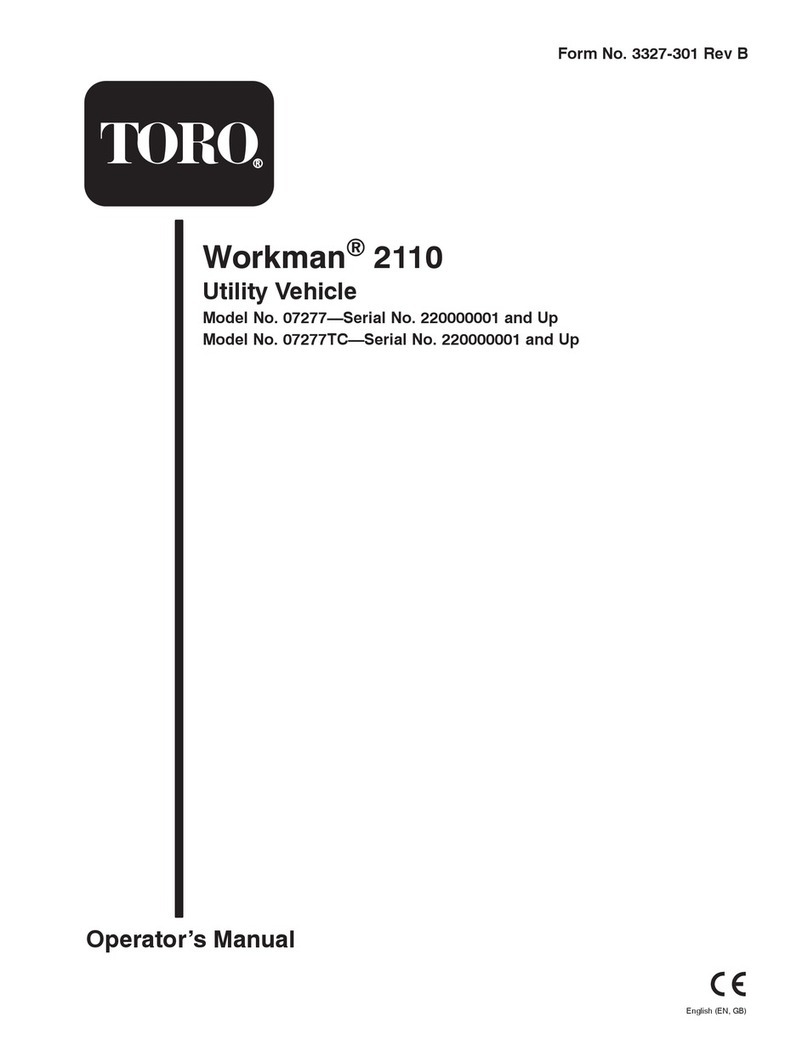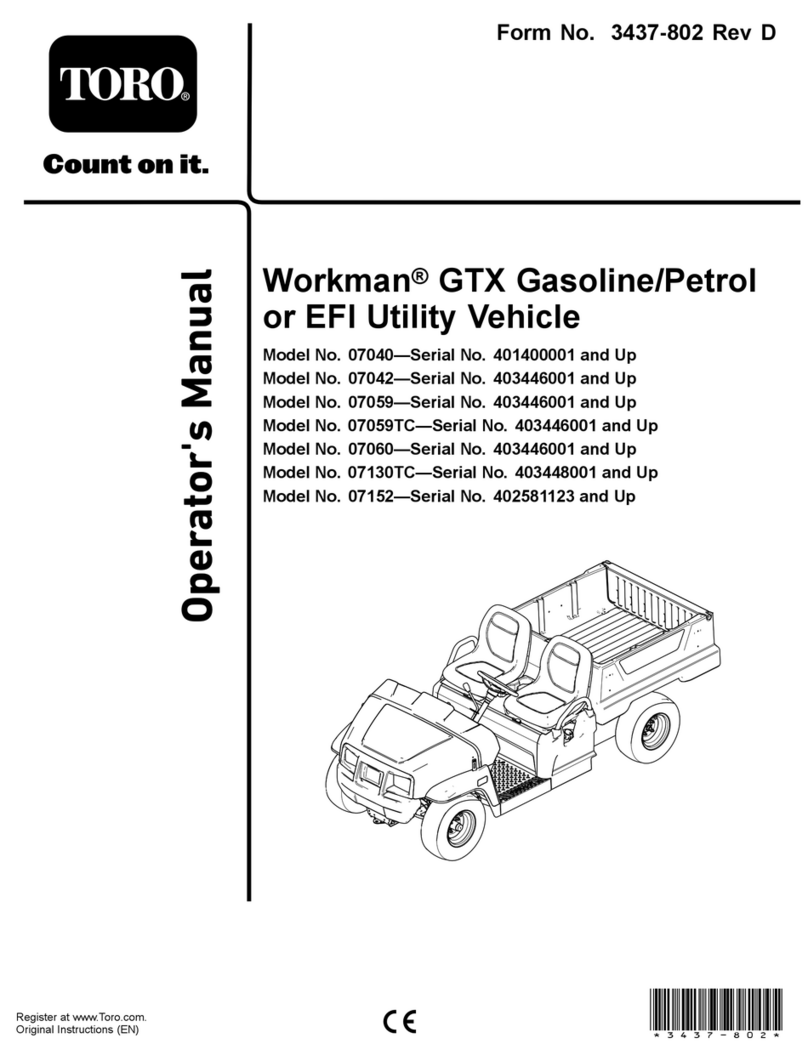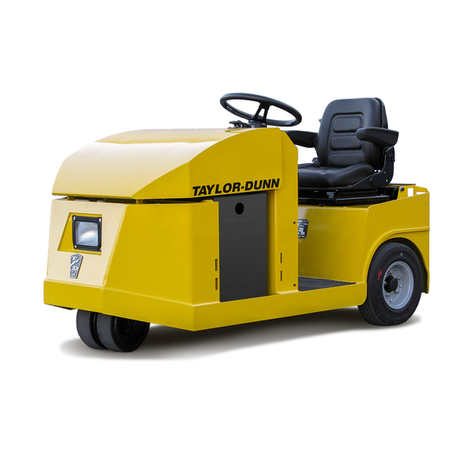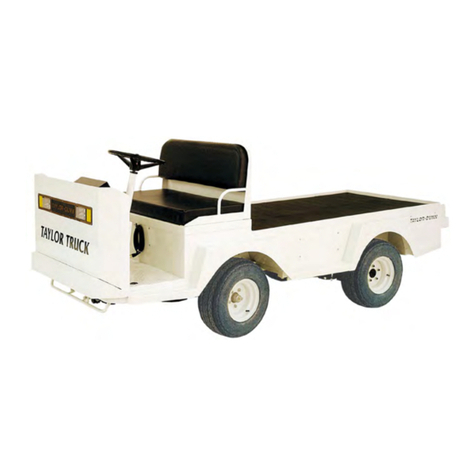
Check for proper seating and alignment.
5. After lifting the tug off of the ground for any reason or taking it in and out of your
aircraft, you must check to make sure that the sprockets are correctly seated on the
tracks. If the sprocket is not properly seated it could result in damage to the tracks.
6. Visually check the tracks for wear on the treads and wear on the inner plastic surfaces.
Also inspect for damaged or missing rotoclips as a result of driving over small rocks.
Damaged treads should be replaced before operating the tug.
Note: The circuit breaker reset button will trip if the tug is overloaded. To reset
the circuit breaker open the top cover to push the reset button down. If the reset
button pops back up wait 1 minute then try again.
4. When towing your airplane ALWAYS be cautious of the steering angle limitations of
your aircraft. Do not oversteer your aircraft with the tug. This can cause damage to
your gear.


